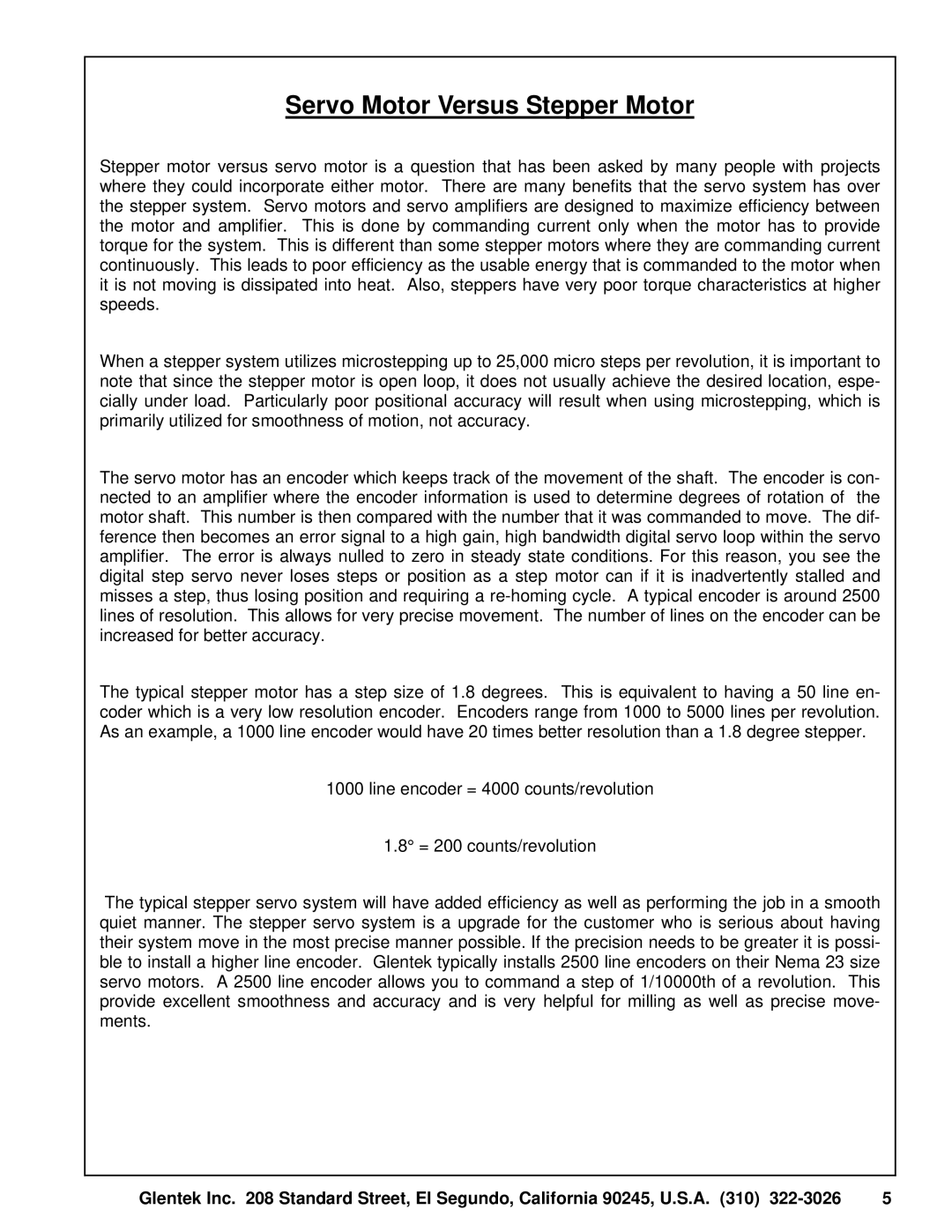Amplifier specifications
SMC Networks Amplifier is a versatile device designed to enhance and extend wireless network coverage in both home and office environments. With the increasing reliance on Wi-Fi for accessing the internet, having a robust amplifier can significantly improve the quality and reach of your network signal. The SMC Networks Amplifier stands out for its user-friendly design, performance features, and advanced technologies.One of the standout features of the SMC Networks Amplifier is its dual-band functionality. It operates on both 2.4GHz and 5GHz frequencies, providing users with the flexibility to choose the best frequency for their needs. The 2.4GHz band offers wider coverage and is ideal for basic tasks such as web browsing and email, while the 5GHz band provides faster speeds and is perfect for bandwidth-intensive activities like gaming and streaming.
The amplifier's smart signal indicator helps users find the optimal placement for their devices, ensuring that the amplifier can effectively boost the signal from the router. This feature eliminates the guesswork often associated with setting up network extenders, allowing for a seamless installation process.
In terms of technology, the SMC Networks Amplifier employs advanced MIMO (Multiple Input Multiple Output) technology. MIMO allows the device to send and receive multiple signals simultaneously, increasing throughput and improving the overall performance of the network. This is particularly beneficial in environments with many connected devices, where traditional amplifiers may struggle to maintain a stable connection.
Security is another priority for the SMC Networks Amplifier. It supports various encryption standards such as WPA2, ensuring that your network remains secure from unauthorized access. Additionally, the amplifier is compatible with a wide array of devices, from smartphones and tablets to smart home devices, making it an excellent addition to any modern network setup.
Another notable characteristic of the SMC Networks Amplifier is its sleek, compact design. It blends seamlessly with home or office decor and does not require extensive setup. The intuitive interface allows easy configuration, even for those with limited technical knowledge.
Overall, the SMC Networks Amplifier is an excellent choice for users looking to boost their wireless coverage. With its dual-band capability, advanced MIMO technology, robust security features, and easy installation process, it provides a comprehensive solution for enhancing Wi-Fi connectivity. Whether you are a casual user or a heavy internet user, the SMC Networks Amplifier is designed to meet your networking needs effectively.

